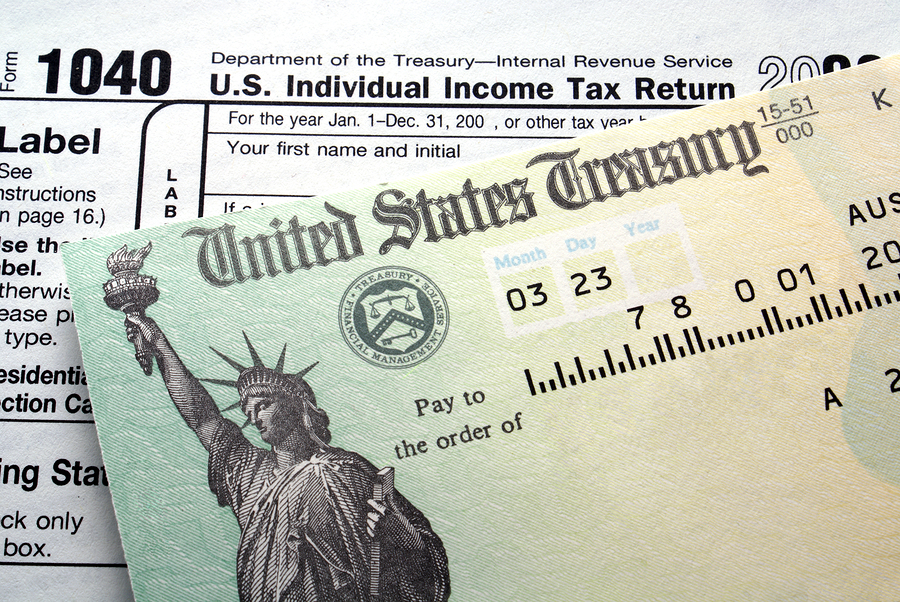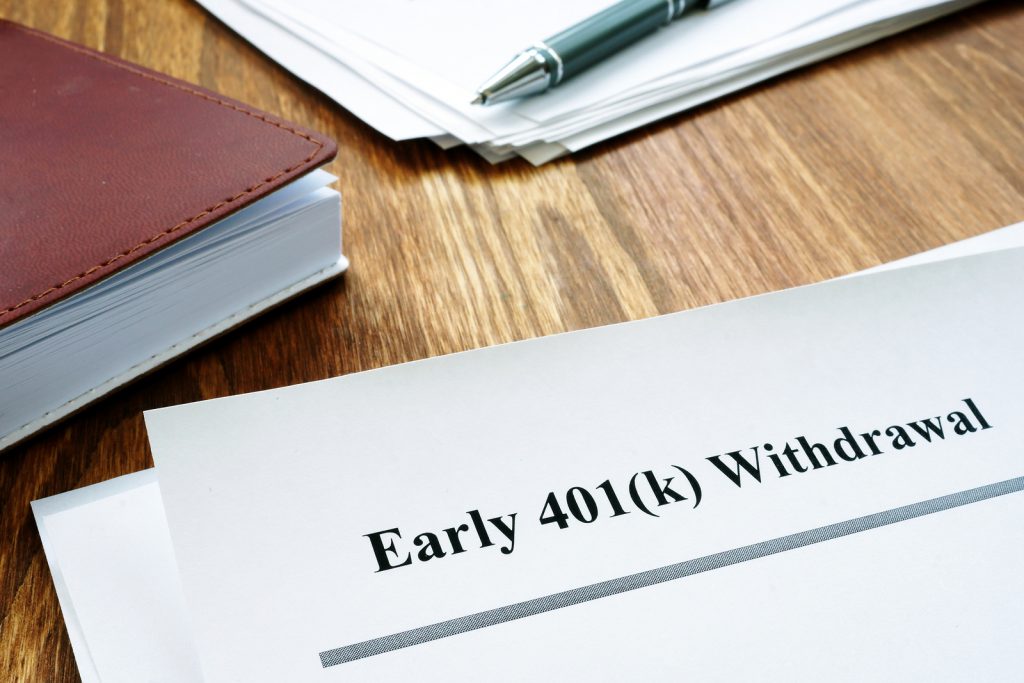Stimulus Money: How to Receive Yours and Use It Wisely

As you have probably heard by now, Congress recently passed, and the President signed into law, a stimulus package designed to provide critical assistance to Americans affected by the COVID-19 pandemic. This act, which is called the “Coronavirus Aid, Relief, and Economic Security Act” or the “CARES Act,” provides wide-ranging solutions in response to the crisis. These cover a variety of sectors from small businesses, to education, to health care. The CARES Act also provides important relief for individuals, designed to help keep average Americans above water during this uncertain time. Most importantly for individuals, the Act provides for stimulus checks to be sent to every eligible adult. This post will explain how the checks work and how to ensure you receive yours. Also, it will discuss some of the best potential uses for your stimulus funds.
What is a stimulus check?
The CARES Act authorizes the government to send you a “stimulus check,” also called a “recovery rebate” or an “economic impact payment.” Whatever you call it, this payment is essentially a tax credit paid in advance. Normally, when you qualify for a tax credit you would use it toward your tax liability when you file an annual income tax return. However, the government is using this program to essentially pay a 2020 tax credit in advance, because of the urgency created by the pandemic.
How much money should you expect?
The maximum is $1,200 for individuals or $2,400 for married couples, plus $500 for each qualifying child. To receive the maximum amount, you must have an adjusted gross income (AGI) of $75,000 or less if single or $150,000 or less if married filing jointly. If your income is above the limit, the IRS explains that “the payment amount is reduced by $5 for each $100 above the [threshold].”
Where can you find your adjusted gross income, and which year’s tax return is the IRS looking at?
As the IRS explained here, it will first look to see if you have filed a 2019 tax return. If so, it will use the AGI from that return. If not, it will use the AGI from your 2018 return. If you haven’t filed a tax return for 2018 or 2019, you need to take action (more on this below). If you want to see your adjusted gross income to know how much money you will receive, you can look at your prior return. The AGI is listed on different lines, depending on which type of return you filed. As Turbo Tax explains, AGI can be found in the following locations:
- Line 8b on Form 1040 (for tax year 2019)
- Line 8b on Form 1040-SR (for tax year 2019)
- Line 7 on Form 1040 (for tax year 2018)
- Line 21 on Form 1040A (for tax years before 2018)
- Line 4 on Form 1040EZ (for tax years before 2018)
- Line 35 on Form 1040NR
What if you have not filed a tax return for 2018 or 2019?
There are a few scenarios to consider here. First, if you are obligated to file a tax return, but you have not in 2018 or 2019, then you should. Doing so is required to meet your legal obligations and to be eligible to receive an economic impact payment. In some cases, if you have not filed your 2019 tax return yet but did file a 2018 return, it may make sense to consult with an accountant to see how filing the 2019 return may impact the amount of payment you could receive.
Some people may not have filed a tax return for 2018 or 2019 because they are not legally obligated to do so. However, these consumers must file a simple tax return to receive a stimulus payment. This simple return will include information such as your filing status, number of dependents, and direct deposit information. The IRS urges consumers in this category—which is normally made up of “low-income taxpayers, senior citizens, Social Security recipients, some veterans and individuals with disabilities”—to check IRS.gov/coronavirus for updates about the simple tax return process. One update that has been made is that social security recipients will not need to submit a simple tax return. The U.S. Treasury reversed the guidance from the IRS and there is no action needed for social security recipients to receive their payment.
Luckily, this program runs through the end of 2020. So, while payments are supposed to begin in mid-April, you have more time to file your returns and receive payment later in the year.
How do you receive the funds?
If you have filed a 2018, 2019, or simple tax return and qualify to receive a payment, then the best way to receive the funds is via direct deposit. If you have filed via direct deposit, the IRS will have this information. If not, the IRS is creating an online portal for you to upload this information. It appears that the IRS will also send paper checks, but is trying to avoid doing so where possible. By providing your direct deposit information you should receive your check much sooner.
How should you use the money once you receive it?
Once you get your stimulus money, you will want to use it wisely. There is no right answer for everyone, and it will depend on the specifics of your financial situation. That said, there are some good guidelines you can follow in making your decision.
Meet your basic needs
You will want to ensure your basic needs, like food and shelter, are met. If money has gotten really tight and getting enough food has been difficult, it may be wise to use the money toward your food budget. Shelter is also essential, so you should consider paying your rent or mortgage. Yes, there is significant housing relief in place for most of the country. The CARES Act imposed a 120-day eviction moratorium on many federal housing rental programs, and many state supreme courts have issued orders pausing evictions. The CARES Act also provides a 180-day mortgage forbearance.
That said, housing is essential. And even though there is some temporary support allowing you to miss payments, you will have to pay them back eventually. It may be wise to use your stimulus check to prevent falling behind in the first place. The same is true for utilities. While many states are ensuring that utilities are not shut off due to an inability to pay, you may want to pay yours each month if you can, to keep from falling behind later.
Emergency fund
Putting the money into your emergency fund is also a wise move. Maybe you have already taken some out of your emergency savings due to COVID-19. If so, the stimulus money may give you a chance to replenish. Or, maybe you can pad your savings even more given the uncertainty that lies ahead.
Auto loan
If you rely on your vehicle to get to work, you will want to make sure that you do not miss payments and risk it being repossessed. You may call your lender to see how it can help with alternative payment plans, and you may consider putting some of your stimulus funds toward this expense.
Credit card debt
If you have credit card debt, your first move should probably be to contact your creditors to inquire about the arrangements they can make to get you through this time. Assuming you have met your basic needs and have an established emergency fund, it might make sense to use some of your remaining stimulus funds toward these debts.
—
Again, determining exactly how to use the stimulus money will come down to the specific situation you are facing. If you would like personalized help in determining the best way to move forward, contact a credit counselor today.



